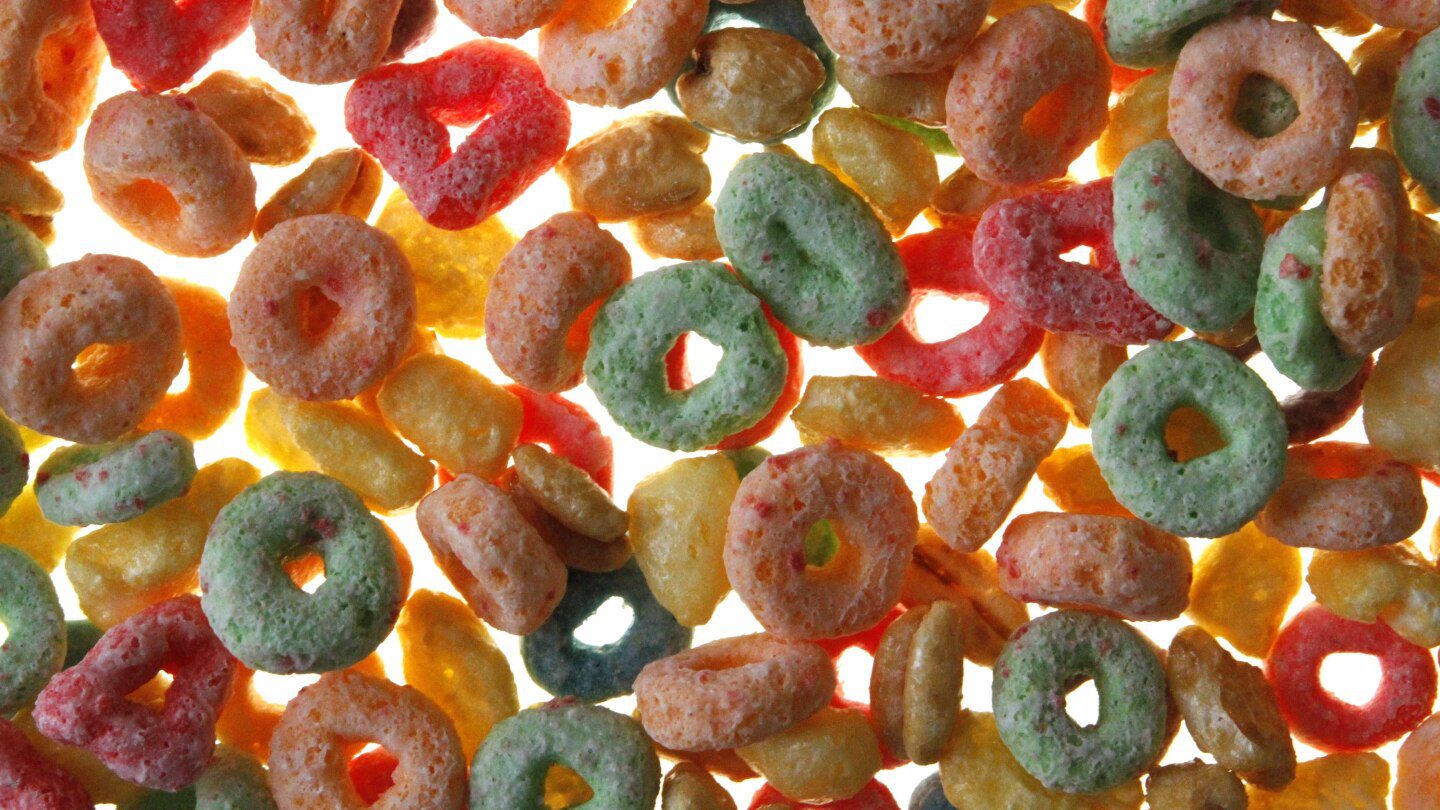
In January, the U.S. Food and Drug Administration prohibited the use of Red 3, a synthetic dye, from the American food supply, initiating deadlines for its removal from products such as candies, cough syrups, baked goods, and frozen desserts.
This decision was based on research indicating that Red 3, also called erythrosine, was linked to cancer in laboratory rats. A federal law mandates the FDA to eliminate any additive associated with cancer in animals, although officials clarified that the mechanism by which Red 3 induces cancer in rats does not apply to humans.
However, Red 3 is just one of several artificial colorants prevalent in various food items and consumer products.
As debates arise over their safety, here’s a comprehensive overview:
What Are Synthetic Colorants?
Synthetic dyes are derived from petroleum and do not naturally occur in foods. They are commonly used to “enhance the visual appeal” of products, according to Sensient Food Colors, a supplier based in St. Louis.
Currently, nine different artificial dyes, including Red 3, are permitted in U.S. food products. Other commonly used color additives are Blue 1, Blue 2, Green 3, Red 40, Yellow 5, and Yellow 6. There are also two less frequently used additives: Citrus Red 2 and Orange B.
The FDA is responsible for certifying synthetic color additives and regulating their application in foods.
With the FDA’s recent action on Red 3, manufacturers must eliminate this dye from their products by January 2027, while producers of ingested medications, including cough syrups, have until January 2028 to comply.
Who Is Concerned About These Additives and Why?
Consumer advocates, such as the Center for Science in the Public Interest, have long campaigned for the removal of Red 3 from food due to its association with cancer in rats. While the dye has been banned in cosmetics for years, it remained permissible in food and medicinal products.
Additional research has linked artificial colors to behavioral issues in some children, including hyperactivity and impulsivity, especially in those predisposed to attention deficit hyperactivity disorder (ADHD).
“While artificial colors aren’t the primary cause of ADHD, they can significantly contribute to certain cases,” explained Dr. L. Eugene Arnold, an emeritus psychiatry professor at Ohio State University who has researched the effects of dyes on behavior and now advises the support group CHADD for individuals with ADHD.
The FDA claims it has investigated the impact of color additives on children’s behavior. It maintains that most children do not experience negative effects from these additives, albeit some may be sensitive to them.
A recent AP-NORC poll indicated that approximately two-thirds of Americans support restrictions or reformulations of processed foods to remove undesirable ingredients like artificial dyes and added sugars.
Is a Ban on Other Colors Forthcoming?
There is growing momentum to eliminate synthetic dyes from food products.
California recently became the first state to outlaw six artificial food dyes in meals served in public schools. More than a dozen state legislatures are expected to consider bills this year aimed at banning synthetic dyes in various settings, including school lunches. Last October, protesters urged WK Kellogg Co. to stop using artificial dyes in cereals like Apple Jacks and Froot Loops.
Robert F. Kennedy Jr., recently appointed U.S. Secretary of Health and Human Services, campaigned on a platform to “Make America Healthy Again,” emphasizing the need to address artificial dyes and chemicals in foods. His initiatives have garnered support from “MAHA moms,” a social media group advocating for the elimination of artificial ingredients and ultra-processed foods in the American diet.
“I was labeled a conspiracy theorist for asserting that red dye was linked to cancer,” Kennedy stated during his confirmation hearing. “Now, the FDA has recognized that connection and has banned it.”
What About Natural Colorants?
Color can also be added to foods using natural sources. Some manufacturers have reformulated their products to eliminate Red 3, substituting it with beet juice, carmine (a dye derived from insects), or pigments from vegetables like purple sweet potatoes, radishes, and red cabbage.
However, this process can be complicated, as noted by Meghan Skidmore, a spokesperson for Sensient. Natural dyes may not be as stable as their synthetic counterparts and can be influenced by factors like heat and acidity.
“Replacing synthetic dyes isn’t impossible, but it doesn’t have a one-size-fits-all solution,” she remarked.
How Can You Avoid Synthetic Dyes?
Due to the widespread use of these dyes, finding foods that are completely free of color additives can be challenging.
The most effective strategy to dodge synthetic dyes is to carefully examine ingredient labels, according to Arnold.
“If the ingredient list becomes overwhelming and contains items you can’t pronounce, it’s likely best to avoid purchasing that product,” he advised.
___
The Associated Press Health and Science Department is supported by the Howard Hughes Medical Institute’s Science and Educational Media Group and the Robert Wood Johnson Foundation. The AP solely governs all content.









